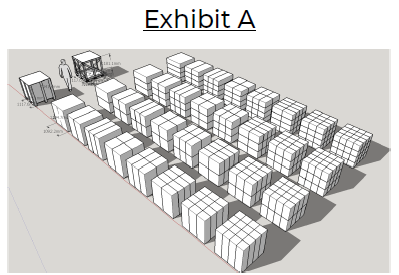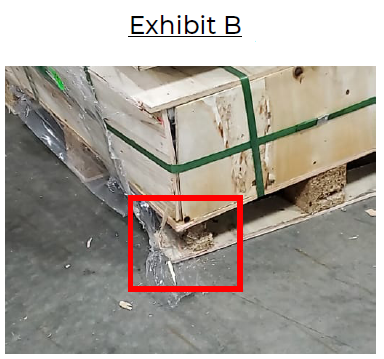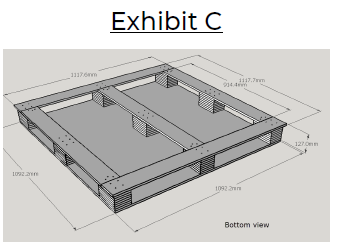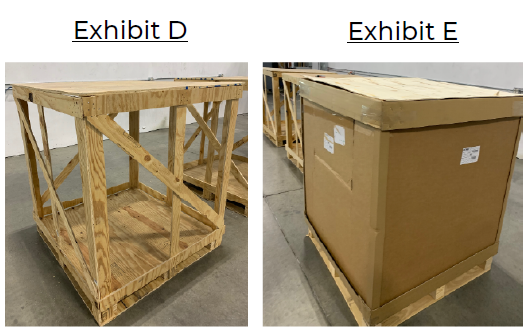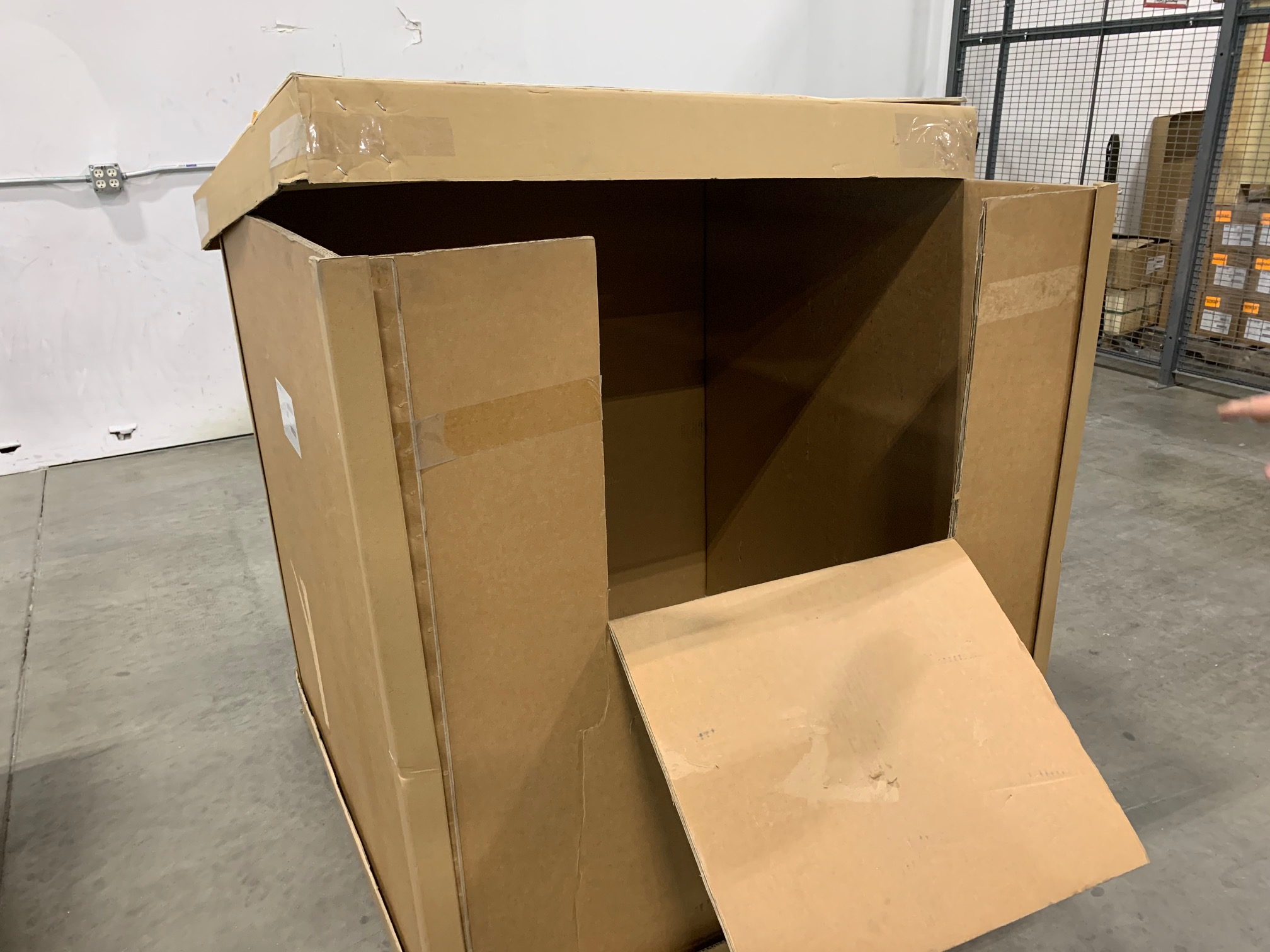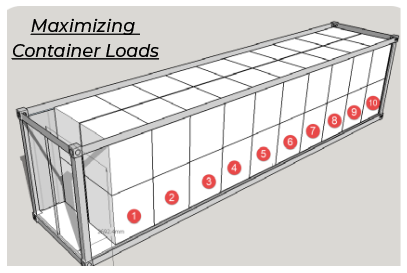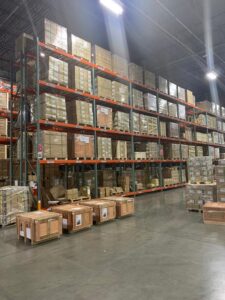Standardizing Packaging for Global Customers
At MES, our team of supply chain engineering experts frequently review ways to streamline processes, packaging, systems, and the list goes on. One of their most significant initiatives for 2020, 2021 is standardizing our packaging at the manufacturing level. Creating greater flexibility and cost savings from the pallet crates to the individual component cartons. Our team of packaging experts has developed preliminary methods to reduce the individual component shipping cost and provide better structural integrity for our goods during ocean and domestic transit. If we could fit more products in a container, drive down part costs, reduce the number of custom-designed cartons, and provide better product protection for our customers, why not?

